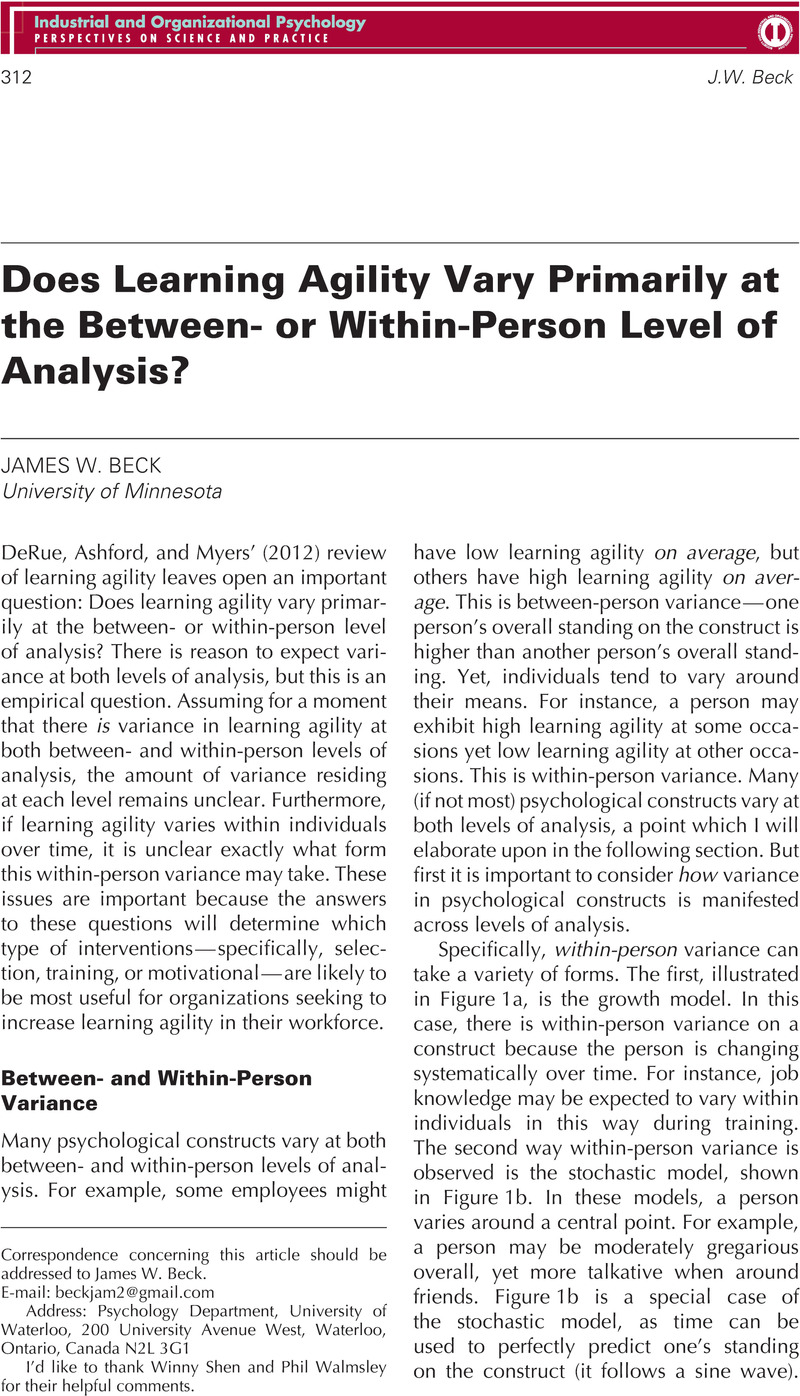Crossref Citations
This article has been cited by the following publications. This list is generated based on data provided by Crossref.
DeRue, D. Scott
Ashford, Susan J.
and
Myers, Christopher G.
2012.
Learning Agility: Many Questions, a Few Answers, and a Path Forward.
Industrial and Organizational Psychology,
Vol. 5,
Issue. 3,
p.
316.
류혜현
and
Oh,Hun-Seok
2016.
Learning agility: Issues and Challenges.
The Korean Journal of Human Resource Development Quarterly,
Vol. 18,
Issue. 4,
p.
119.
Dadaboyev, Sherzodbek Murodilla Ugli
Baek, Yoonjung
and
Paek, Soyon
2023.
Workplace deviance, emotional state and reparative behaviors: task visibility as a boundary condition in a mediated moderation model.
Baltic Journal of Management,
Vol. 18,
Issue. 5,
p.
596.



